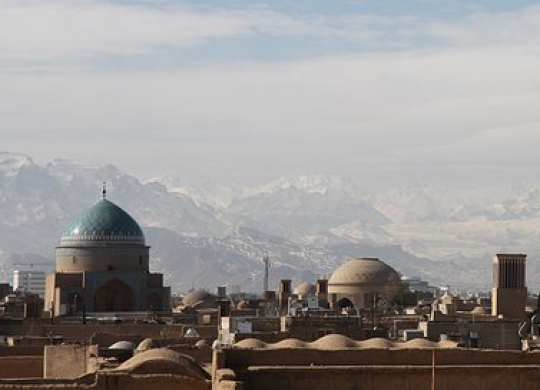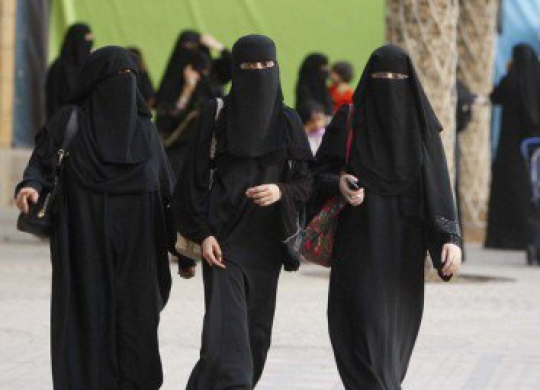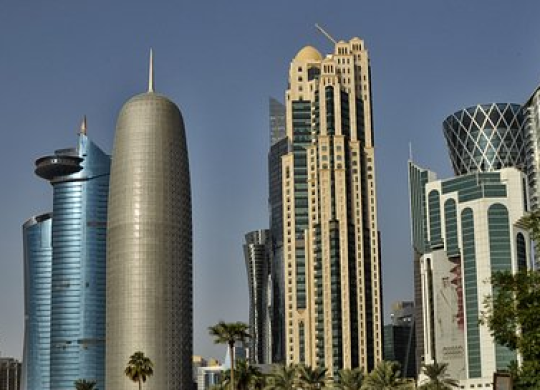Education in Iran: what applicants should know about admission to higher education institutions

In this mountainous and arid country in Southwest Asia, the government has a significant influence on education. However, culturally diverse Iran has a wide network of private and public universities on its territory.
Universities, institutions of higher education, and research institutes here are subordinated to boards of trustees. The government is also responsible for primary and secondary education: it regulates standards, organizes teacher training, sets curricula and teaching materials, and manages schools.
Visa
In order to go to study in Iran, you need to apply for a visa at the airports of Tehran and Mashhad. Isfahan, Tabriz, Bushehr, Sheriza and the island of Kish. It costs 60 euros. But first, you need to get a visa permit by applying on the website of the Ministry of Foreign Affairs of Iran. Within a few days, you will receive a letter by e-mail with the registration number of the questionnaire, and after a week — a six-digit number of permission to obtain a visa. After that, you can get the same visa after three days at the airport indicated in the application form. Women traveling to Iran are required by Islam to dress modestly, cover their arms and legs, and wear a headscarf or scarf to hide their hair. By the way, today it is easier for men to get to Iran.
It is also worth knowing that sometimes border guards react inadequately to the presence of an Israeli visa in a tourist's passport.
The higher education system in Iran
In general, in Iran, admission to universities - especially prestigious ones, including Sharif University of Technology, Iran University of Science and Technology, Shahid Beheshti University, Amirkabir University of Technology, and others - is a way to raise one's status in society. Yes, graduates of such universities have more chances to get a good job. Work in medicine, engineering and law is considered prestigious.
In 1987, Payame Nur University was established in the country in order to raise the educational and cultural level of society and enable people from the most remote corners of the country to obtain higher education. In total, this university has 147 centers throughout the country.
In the early 1990s, an additional criterion for selecting students was introduced in Iran. Yes, priority was given to those candidates who applied for studies in their native provinces. All in order to prevent the migration of students to big cities and to provide education and health care in needy areas.
In 2012, for example, rules were introduced, according to which women were forbidden to study nuclear physics, cybernetics, and English literature. Almost 80 subjects studied in 30 universities of Iran were banned. All because the officials were concerned about the drop in the birth rate in the country, and the majority of students in Iran's universities were women.
Admission of students
• Public sector
In Iran, there are many people who want to enter public universities. Thus, in accordance with the rules of the general examination, applicants must use the quota of the region in which they received their secondary education. After that, they will be obligated for future employment.
• Non-state sector
At the Free Islamic University, you can take day and evening forms. For admission, you need to pass three exams: during admission to medical specialties, to other specialties, and to the evening form of study.
Levels of higher education
In Iran, there are the following levels of higher education: specialty, bachelor's, master's, residency, and postgraduate. It takes 2 years to study for a specialist, 4 years for a bachelor's degree, 6 years for a master's degree, and 4/5 years for a postgraduate degree.
Planning in the system of higher education in Iran is handled by the Higher Council for Planning. The educational process in universities and institutions of higher education was organized according to the modular principle. University disciplines are mostly compulsory, and partly elective.
Iranian University Entrance Exam or Konkur
This is a standardized test that lasts 4.5 hours. In particular, three exams were required to obtain a PhD in non-medical specialties.
Also, every year in June, applicants in Iran take a tough nationwide entrance exam to get into a state university. It is worth knowing that the competition here is fierce, and the content of the exams is strict. Yes, this exam will test your knowledge of all the subjects you studied in school. If you didn't pass it, you can try next year.
In general, the literacy rate of the population in Iran today has exceeded 85%. Yes, a higher school in this country allows a person at any age to get a second or third higher education. Most residents of the capital and large cities are actively studying. Also, most residents of Iran know English.
Recommended articles
7 min
Residence permit
5 min
Education
5 min
Education
3 min
Education
